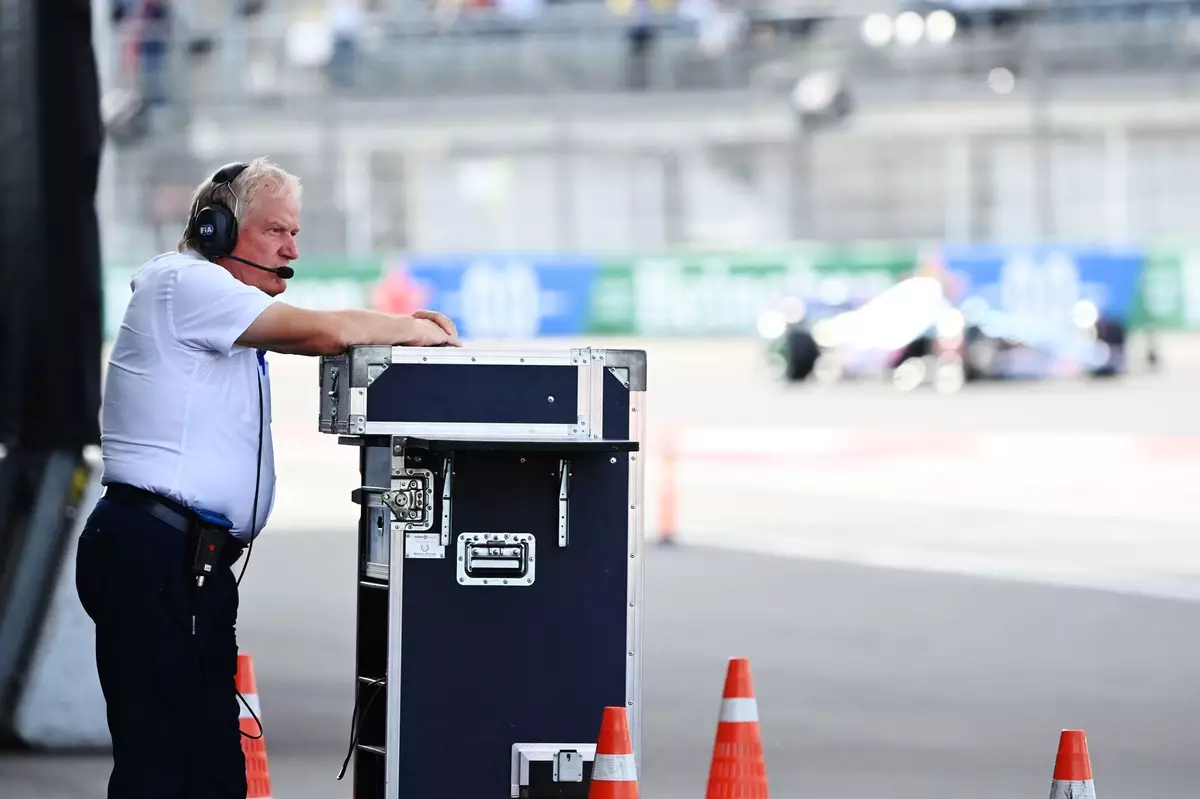FIA Heightens Scrutiny on F1 Car Adjustments Amid Suspicions of Technical Breaches
As someone who has followed Formula 1 racing for years, I’ve witnessed plenty of thrilling finishes and heart-stopping moments. But beyond the roar of engines and the flash of speed, there’s a complex web of regulations that keep everything in check. Recently, it seems the spotlight has shifted to the intricacies of these rules, particularly around car adjustments, sparking a debate that could reshape the current season.
The buzz is all about how some teams might be pushing the boundaries during the United States Grand Prix by tweaking their cars’ ride height under parc ferme conditions. If you’re wondering why this matters, let me break it down: even a tiny change in a car’s setup can tip the scales between winning and losing. And with only a few races left, every second counts.
As fans, we love the thrill and unpredictability of F1 racing. But when whispers about technical breaches start making rounds, it stirs a pot of emotions—excitement mixed with concern about fair play. The FIA is stepping up its game to ensure that what happens on the track stays within the lines of fairness and compliance.
Key Takeaways
- The FIA is increasing oversight on car adjustments amid suspicions of technical breaches.
- Ride height alterations could potentially provide an aerodynamic advantage.
- The scrutiny aims to maintain fair competition as the season nears its climax.
The Heart of the Controversy
The controversy revolves around potential manipulations that could give teams an aerodynamic edge. In Formula 1, even a fraction of a second can make all the difference. Adjusting a car’s ride height strategically can optimize performance, providing crucial advantages during critical moments. However, these changes must align with strict FIA regulations, which prohibit any alterations to a car’s configuration once it’s in parc ferme—except for specific adjustments to the front wing.

Understanding Parc Ferme Regulations
To grasp why these adjustments are under scrutiny, it’s important to understand parc ferme conditions. According to Article 40.2 of F1’s Technical Regulations, modifications during this period are tightly controlled. Only certain parts of the front wing can be adjusted using pre-existing components; no other additions or replacements are permitted. Article 40.9 further cements this stance, forbidding any changes to car components under these conditions.
Suspicions and Ingenious Innovations
Despite these clear rules, rumors suggest that a competitor might have ingeniously designed their car for ride height adjustments from within the cockpit itself. This clever strategy could allow for discreet modifications between qualifying and race day without detection during routine checks. Such innovations highlight the ongoing tug-of-war between technical advancements and regulatory compliance in F1 racing.
The FIA’s Response
In response to these growing concerns, the FIA plans to ramp up its oversight beginning with the Austin race. Although definitive proof of such clandestine modifications remains elusive, the need for increased vigilance is clear. The governing body intends to implement new procedural checks to monitor front bib characteristics closely, potentially employing seals on mechanisms designed to alter T-tray angles.

An FIA representative underscored their dedication to preserving sport integrity, stating that any unauthorized adjustment during parc ferme is strictly against regulations. While there’s no solid evidence of such systems being used yet, their proactive approach ensures ongoing efforts to enhance monitoring and maintain competitive fairness in Formula 1 racing.
The Stakes Are High
This brewing issue surfaces at a crucial point in the season, with only six races left and championships hanging in balance. Any allegations of unfair play or regulatory breaches could undermine the series’ integrity and tarnish team reputations. Teams now face dual pressures: excelling on track while navigating an increasingly complex regulatory landscape without crossing any lines.
Navigating Challenges Ahead
As tension builds towards season’s end, teams must stay vigilant against getting embroiled in scandals over technical violations that could result in severe penalties like point deductions or disqualification. This situation highlights how technical innovation constantly challenges established rules—a dynamic that keeps both fans and teams on edge as they anticipate each race’s outcome.

Final Thoughts
With just a few races left before crowning champions in this thrilling sport we all love so much—it’s crucial we uphold fair play amidst intense competition levels seen today across circuits worldwide! The FIA’s heightened scrutiny reflects broader efforts needed now more than ever: balancing innovation against compliance while ensuring everyone plays fairly till checkered flags wave signaling season closure!
Formula 1
FIA regulations
car adjustments
aerodynamics
technical breaches


Leave a Reply